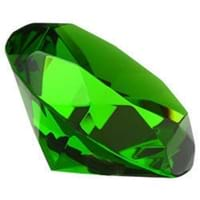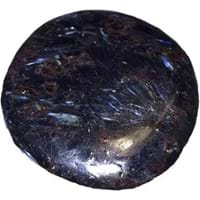Origin
Colombia, Zambia, Brazil, Madagascar, Southern and central Africa, Zimbabwe, Russia, India, Pakistan, Australia, USA, Not Available, Mexico, Spain
Canada, Russia
Color
Green, Green, Blue, Yellow, Grey
Brown, Yellow, Greenish, Brown, Yellow, Greenish, Brown, Brownish, Red, Yellow
Streak
White
Brown, White, Brown, White
For which Rashi?
Taurus, Gemini, Aries, Taurus, Gemini, Aries, Taurus, Gemini, Aries
Not Available
Planet
Venus, Mercury
Not Available
Element of Planets
Earth
Not Available
Energy
Receptive
Not Available
Finger
Not Available
Not Available
Ring Metal
Gold
Not Available
Deities
Diana, Artemis, Venus, Freyja
Not Available
Not to wear with
Red Coral, Natural Pearl, Moonstone, Ruby, Red Coral, Natural Pearl, Moonstone, Ruby
Not Available
Powers
Money, Protection, Love, Courage
Not Available
Planetary
Taurus
Not Available
Talisman
Gemini
Not Available
Tenacity
Not Available
Not Available
Solubility
Not Available
Not Available
Durability
Hard
Not Available
Specific Gravity
2.67-2.78
3.2-3.4
Fracture
Uneven, Uneven, ConchoidalWalter Schumann, Gemstones of the world (2001)
Uneven, Brittle, Metallic
Cleavage
Imperfect on the [0001]
Perfect on [001] imperfect on [100]
Chemical Composition
Be3Al2SiO6
(K,Na) 3(Fe2+ ,Mn) 7Ti 2Si 8O 24(O,OH) 7Anthony et al , Handbook of mineralogy (2001)
Luster
Vitreous
Greasy, Pearly
Pleochroism
Strong dichroism: yellow green Lazzarelli
Strong: X= deep red-orange Y= orange-yellow Z= lemon-yellow
Transparency
Transparent, Translucent, Transparent to translucent
Translucent
Refractive Index
1.565-1.602
1.678-1.758
Optic Character
Not Available
Not Available
Crystal System
Hexagonal
Triclinic
Birefringence
0.0040-0.0070
0.050
Clarity
Color grading system
Translucent
Neurological
Not Available
Not Available
Cardiovascular
Not Available
Not Available
Respiratory
Not Available
Not Available
Reproductive
Not Available
Not Available
Digestive
Not Available
Not Available
Psychology
Not Available
Not Available
Healing
Not Available
Not Available
Qualities Associated
Not Available
Not Available
Emerald Vs Astrophyllite Fracture
Fracture is an important parameter when you compare Emerald and Astrophyllite Physical Properties. It is necessary to understand the significance of these properties, before you compare Emerald Vs Astrophyllite fracture. Whenever a gemstone chip breaks, it leaves a characteristic line along its breakage. Such lines are known as fracture and are used to identify the gemstones in their initial stages of production when they are in the form of rough minerals. Fracture is usually described with the terms “fibrous” and “splintery” to denote a fracture that usually leaves elongated and sharp edges. Fracture observed in Emerald is Uneven, Uneven, ConchoidalWalter Schumann and Gemstones of the world (2001). Astrophyllite fracture is Uneven, Brittle and Metallic.
Emerald Vs Astrophyllite Luster
A primary knowledge about Emerald vs Astrophyllite luster is useful in apparent identifications of these gemstones. Luster is the measure of light that gets reflected when incident on a finished cut gemstone. There are two major types of lusters: Silky and Adamantine. Since luster varies between two crystals of even the same gemstone, luster is limited to basic identification criteria. Emerald exhibits Vitreous luster. Astrophyllite, on other hand, exhibits Greasy and Pearly luster.

